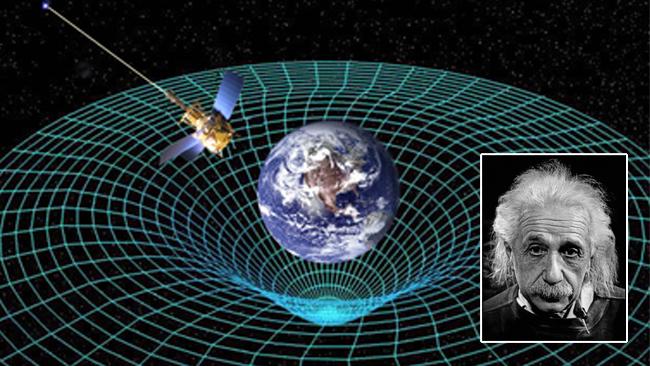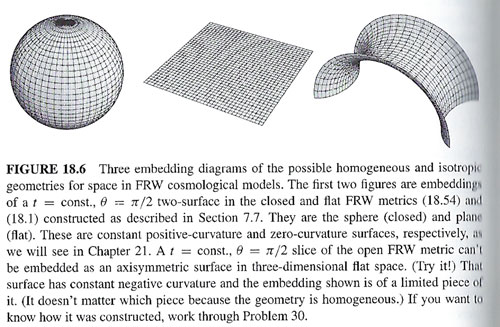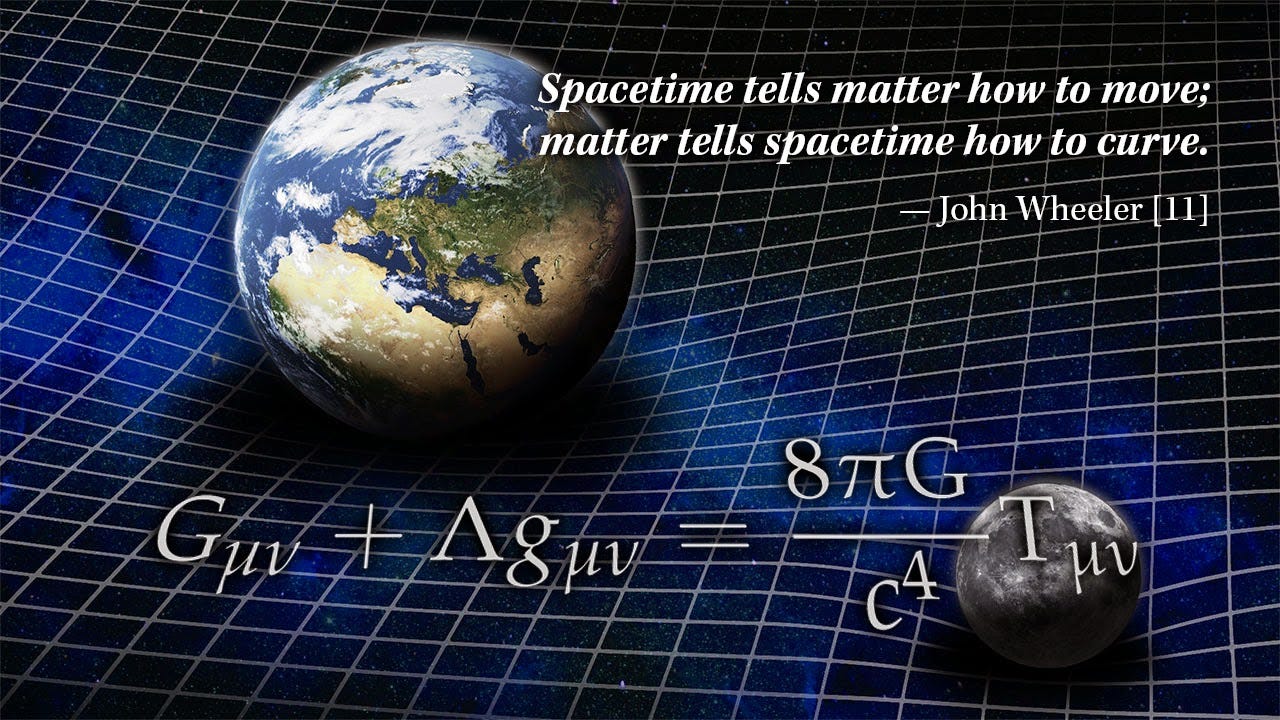

Thus, Newton’s theory is not incorrect rather, it constitutes a valid approximation to general relativity under certain conditions. If the mass is neither very large nor highly concentrated, the resulting calculation will be the same as that given by Newton’s theory of gravity. In 1916 the German astronomer Karl Schwarzschild used the field equations to calculate the gravitational effect of a single spherical body such as a star. Later work, notably pioneering measurements by the American astronomer Edwin Hubble and the development of the big-bang model, has confirmed and amplified the concept of an expanding universe. Einstein came to agree with this result and abandoned his cosmological term. In 1922, however, the Soviet mathematician Aleksandr Aleksandrovich Friedmann showed that the field equations predict a dynamic universe, which can either expand forever or go through cycles of alternating expansion and contraction. The result was a static universe, in accordance with the best knowledge of the time. In 1917 he modified the original version of his equations by adding what he called the “cosmological term.” This represented a force that acted to make the universe expand, thus counteracting gravity, which tends to make the universe contract. Cosmological solutionsĮinstein immediately understood that the field equations could describe the entire cosmos. The solution of these so-called field equations can yield answers to different physical situations, including the behaviour of individual bodies and of the entire universe. General relativity is expressed in a set of interlinked differential equations that define how the shape of space-time depends on the amount of matter (or, equivalently, energy) in the region. The rubber sheet analogy helps with visualization of space-time, but Einstein himself developed a complete quantitative theory that describes space-time through highly abstract mathematics.
#Gravity curved space geometry einstein general relativity how to#
As the American theoretical physicist John Wheeler put it, matter tells space-time how to curve, and space-time tells matter how to move. In Einstein’s theory, space-time geodesics define the deflection of light and the orbits of planets. In this way, the curvature of space-time near a star defines the shortest natural paths, or geodesics-much as the shortest path between any two points on Earth is not a straight line, which cannot be constructed on that curved surface, but the arc of a great circle route. In addition, if the marble is given a sideways push, it will describe an orbit around the bowling ball, as if a steady pull toward the ball is swinging the marble into a closed path. In the analogy, a marble placed near the depression rolls down the slope toward the bowling ball as if pulled by a force. However, the presence of a massive body curves space-time, as if a bowling ball were placed on the rubber sheet to create a cuplike depression.




 0 kommentar(er)
0 kommentar(er)
